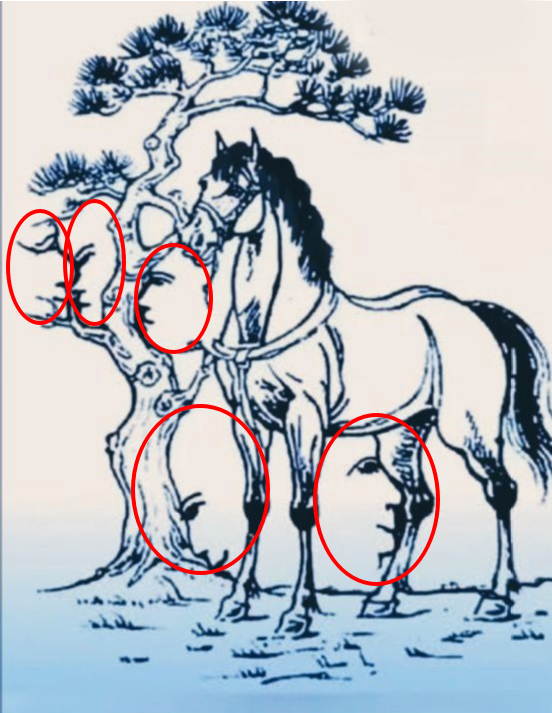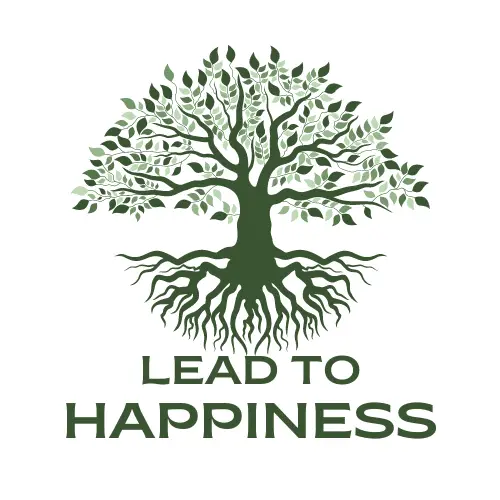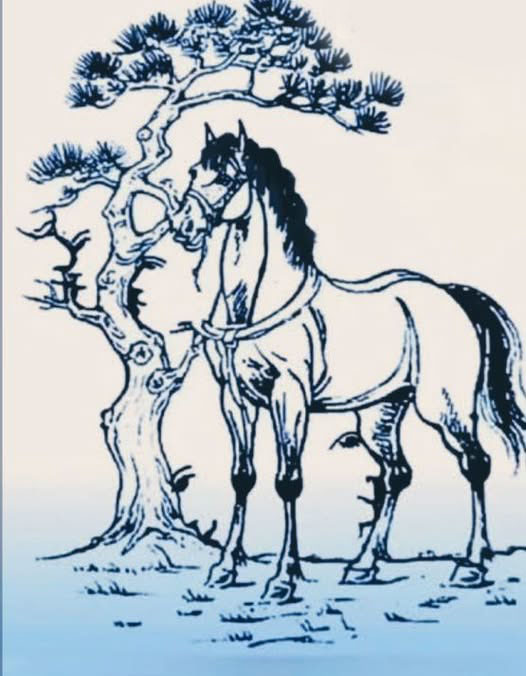Eye test find the face in the image below
Unraveling the Magic of Visual Ambiguity
Have you ever stared at an image and discovered two completely different scenes hidden in plain sight? That “wow” moment is exactly what optical illusions like the horse-and-tree picture deliver. At first glance, you see a proud steed standing beneath a windswept pine. Look again—and again—and you’ll spot human profiles seamlessly woven into the tree’s gnarled branches and the horse’s muscular flank. This playful tension between foreground and background, figure and ground, captivates our brains and invites us on a visual treasure hunt.

The Psychology Behind Dual Perception
Why do our eyes—and minds—flip between two interpretations? It all comes down to how we process edges and contours.
Figure–Ground Segregation: Our visual system instinctively separates an object (the horse) from its backdrop (the tree). Illusions blur that boundary, letting us see both simultaneously.
Top-Down Processing: Expectations and memory guide perception. If you know profiles might be hidden, you’re more likely to “find” them.
Gestalt Principles: Our brains prefer complete, familiar shapes. A curved branch can suddenly become a human nose, because we instinctively organize lines into recognizable forms.
Spotting the Hidden Profiles: A Guided Tour
Ready for a closer look? Here are the key faces tucked into the scene:
The Elder Statesman: On the left of the tree trunk, the knotted bark forms a furrowed brow and aquiline nose. Can you see his thoughtful gaze directed at the horse?
The Young Dreamer: Further right, a smoother contour emerges—delicate features peering out from behind a branch. His chin lines up with the tree’s root.
The Outsider Glance: At the far right, a profile looks back at the viewer. The horse’s flank cleverly shapes his forehead, eye socket, and prominent cheek.
Bonus Peekaboo Faces: With patience, you may spot subtler visages along the pine needles and flowing mane—miniature faces waiting for your eagle eye.
.
.
.
.
Answer:



